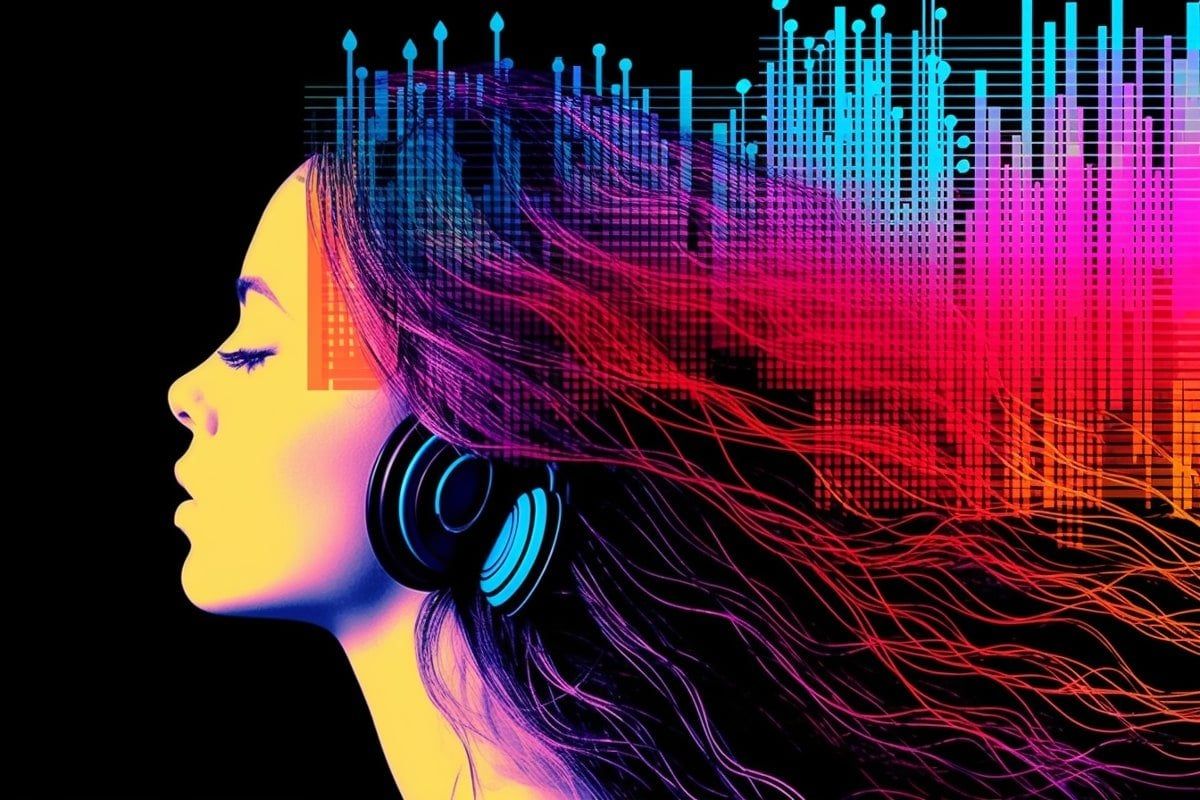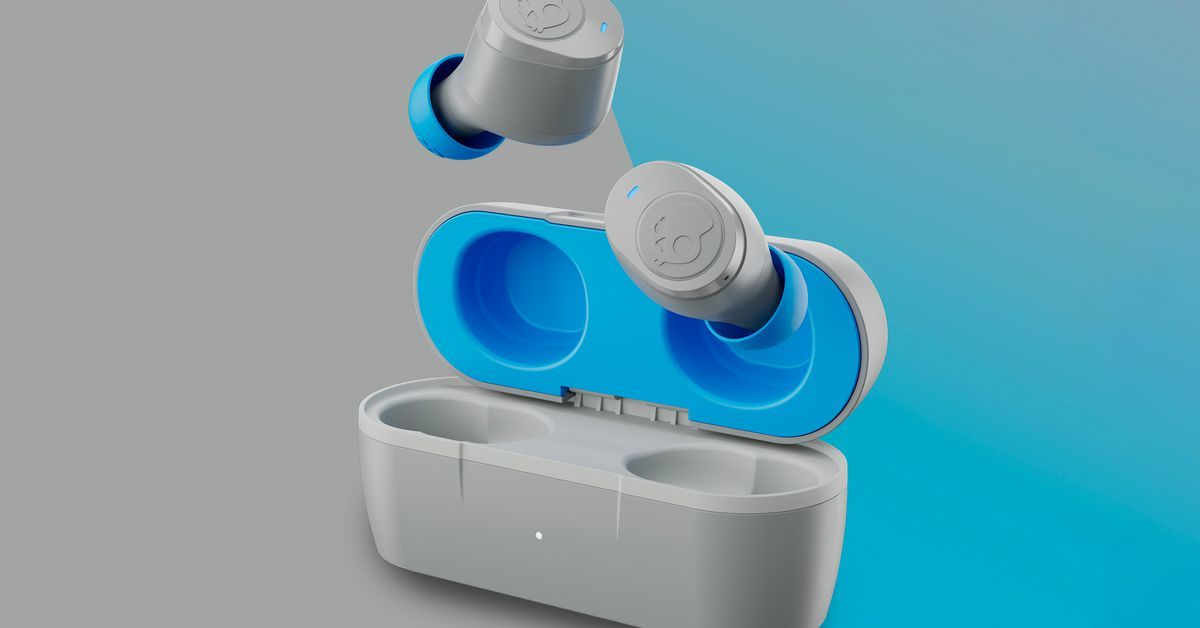Hit or Miss? AI and Brain Waves Tune into Future Hit Songs with 97% Accuracy
Summary: Researchers developed a machine learning model that uses neural responses to predict the success of songs with 97% accuracy.
Participants listened to a set of songs while their neurophysiologic responses were monitored, generating data that helped the machine learning model determine potential hits. This breakthrough approach, termed ‘neuroforecasting’, can help streaming services efficiently identify popular new songs for their playlists.
The researchers believe their method, despite certain limitations, may be applicable beyond song identification, possibly predicting hits in movies and TV shows.
Key Facts:
The new ‘neuroforecasting’ approach uses a machine learning model applied to neural responses to predict hit songs with 97% accuracy, compared to the previous 50% accuracy rate of traditional methods. Neurophysiologic responses to the first minute of songs predicted hits with an 82% success rate, indicating that the early part of a song plays a crucial role in determining its popularity. Despite limitations like a relatively small number of songs analyzed and moderately diverse participant demographics, researchers are confident their method can predict hits in other entertainment sectors.
Source: Frontiers
Every day, tens of thousands of songs are released. This constant stream of options makes it difficult for streaming services and radio stations to choose which songs to add to playlists.
To find the ones that will resonate with a large audience, these services have used human listeners and artificial intelligence. This approach, however, lingering at a 50% accuracy rate, does not reliably predict if songs will become hits.
Now, researchers in the US have used a comprehensive machine learning technique applied to brain responses and were able to predict hit songs with 97% accuracy.
“By applying machine learning to neurophysiologic data, we could almost perfectly identify hit songs,” said Paul Zak, a professor at Claremont Graduate University and senior author of the study published in Frontiers in Artificial Intelligence.
“That the neural activity of 33 people can predict if millions of others listened to new songs is quite amazing. Nothing close to this accuracy has ever been shown before.”
Machine learning with neurologic data
Study participants were equipped with off-the-shelf sensors, listened to a set of 24 songs, and were asked about their preferences and some demographic data. During the experiment, the scientists measured participants’ neurophysiologic responses to the songs.
“The brain signals we’ve collected reflect activity of a brain network associated with mood and energy levels,” Zak said. This allowed the researchers to predict market outcomes, including the number of streams of a song – based on the data of few.
This approach is called ‘neuroforecasting.’ It captures neural activity from a small group of people to predict population-level effects without having to measure the brain activity of hundreds of people.
After data collection, the researchers used different statistical approaches to assess the predictive accuracy of neurophysiological variables. This allowed for direct comparison of the models. To improve predictive accuracy, they trained a ML model that tested different algorithms to arrive at the highest prediction outcomes.
They found that a linear statistical model identified hit songs at a success rate of 69%. When they applied machine learning to the data they collected, the rate of correctly identified hit songs jumped to 97%.
They also applied machine learning to the neural responses to the first minute of the songs. In this case, hits were correctly identified with a success rate of 82%.
“This means that streaming services can readily identify new songs that are likely to be hits for people’s playlists more efficiently, making the streaming services’ jobs easier and delighting listeners,” Zak explained.
Methods for replication
“If in the future wearable neuroscience technologies, like the ones we used for this study, become commonplace, the right entertainment could be sent to audiences based on their neurophysiology. Instead of being offered hundreds of choices, they might be given just two or three, making it easier and faster for them to choose music that they will enjoy,” Zak said.
Despite the near-perfect prediction results of his team, the researchers pointed to some limitations. For example, they used relatively few songs in their analysis. Furthermore, the demographics of the study participants were moderately diverse, but did not include members of certain ethnic and age groups.
Nevertheless, the researchers expect that their approach can likely be used beyond hit song identification, in part due to its easy implementation.
“Our key contribution is the methodology. It is likely that this approach can be used to predict hits for many other kinds of entertainment too, including movies and TV shows,” Zak concluded.
About this music and artificial intelligence research news
Author: Deborah Pirchner
Source: Frontiers
Contact: Deborah Pirchner – Frontiers
Image: The image is credited to Neuroscience News
Original Research: Open access.
“Accurately Predicting Hit Songs using Neurophysiology and Machine Learning” by Paul J Zak et al. Frontiers in Artificial Intelligence
Abstract
Accurately Predicting Hit Songs using Neurophysiology and Machine Learning
Identifying hit songs is notoriously difficult. Traditionally, song elements have been measured from large databases to identify the lyrical aspects of hits. We took a different methodological approach, measuring neurophysiologic responses to a set of songs provided by a streaming music service that identified hits and flops.
We compared several statistical approaches to examine the predictive accuracy of each technique. A linear statistical model using two neural measures identified hits with 69% accuracy. Then, we created a synthetic set data and applied ensemble machine learning to capture inherent non-linearities in neural data.
This model classified hit songs with 97% accuracy. Applying machine learning to the neural response to 1st min of songs accurately classified hits 82% of the time showing that the brain rapidly identifies hit music.
Our results demonstrate that applying machine learning to neural data can substantially increase classification accuracy for difficult to predict market outcomes.
Source: Neuroscience News


